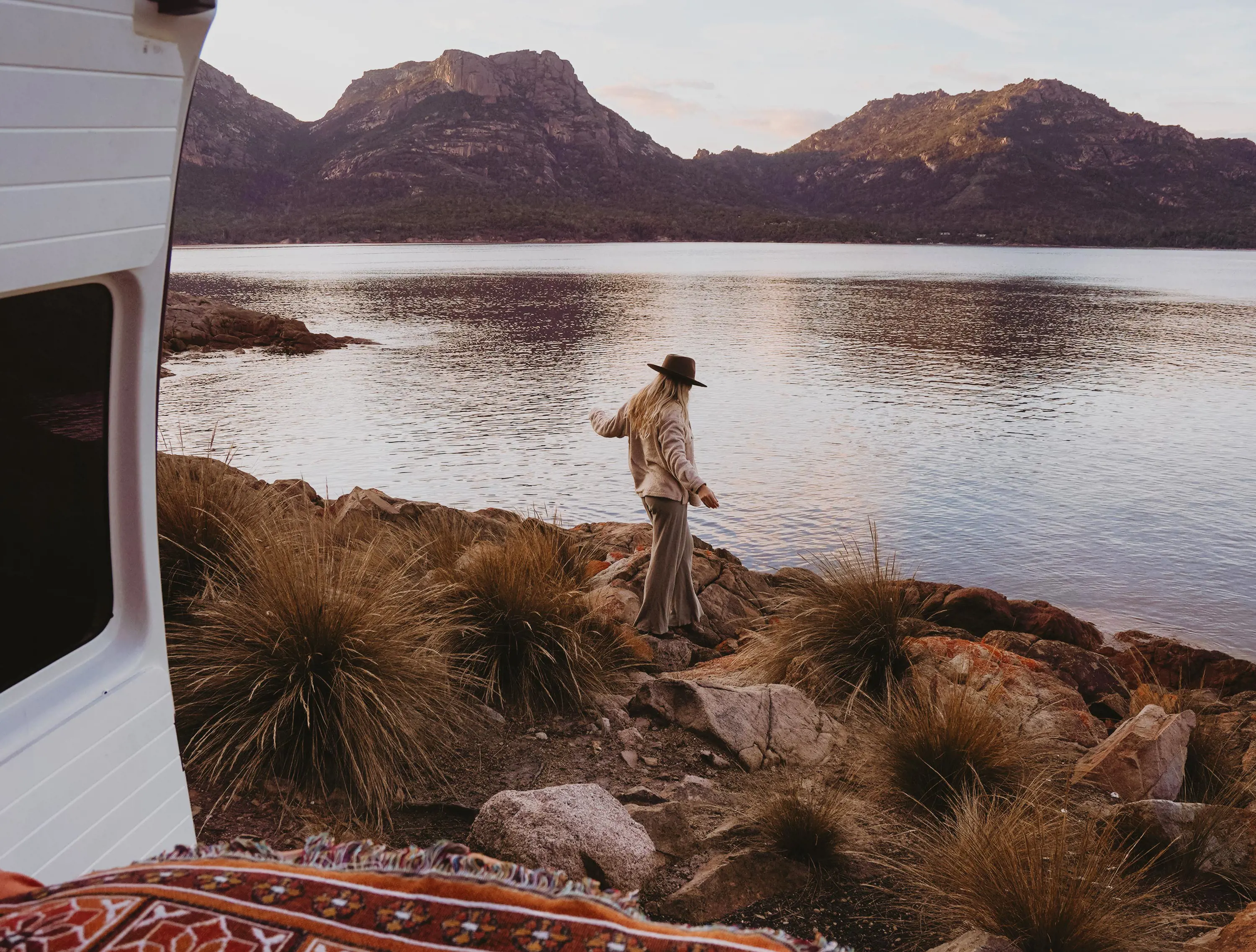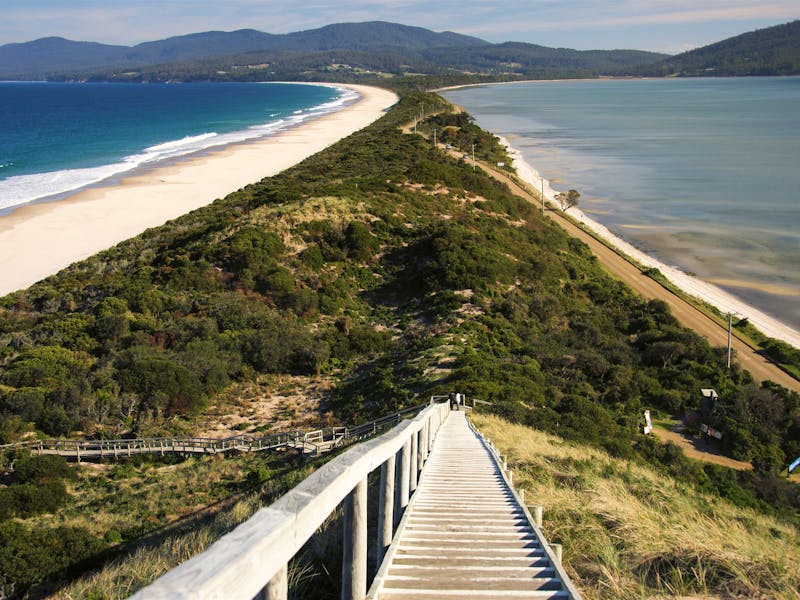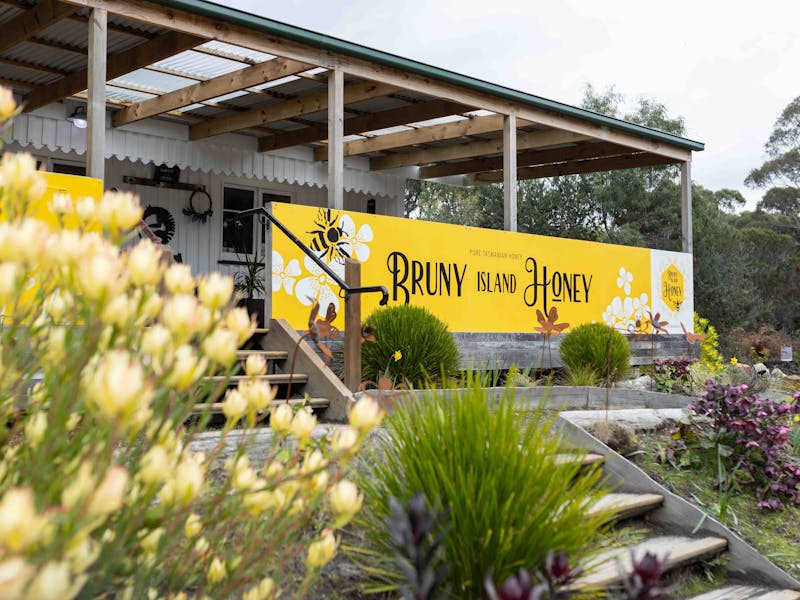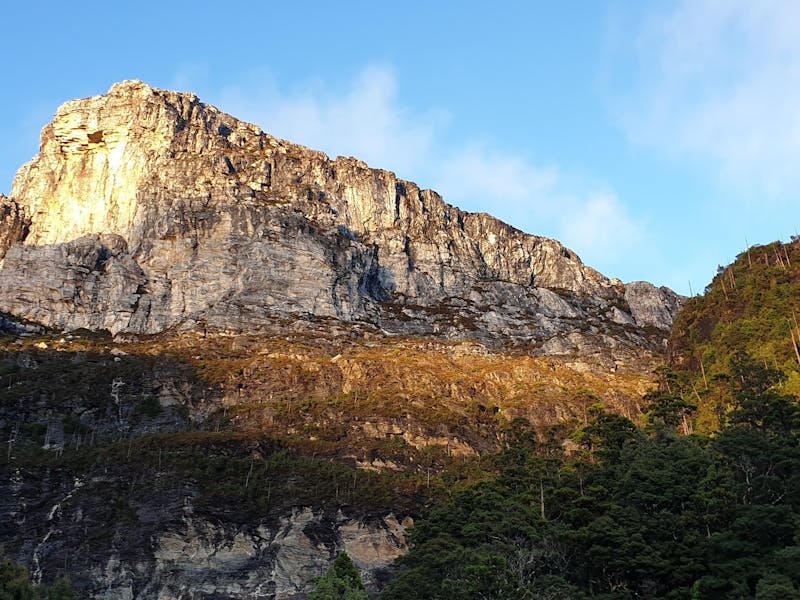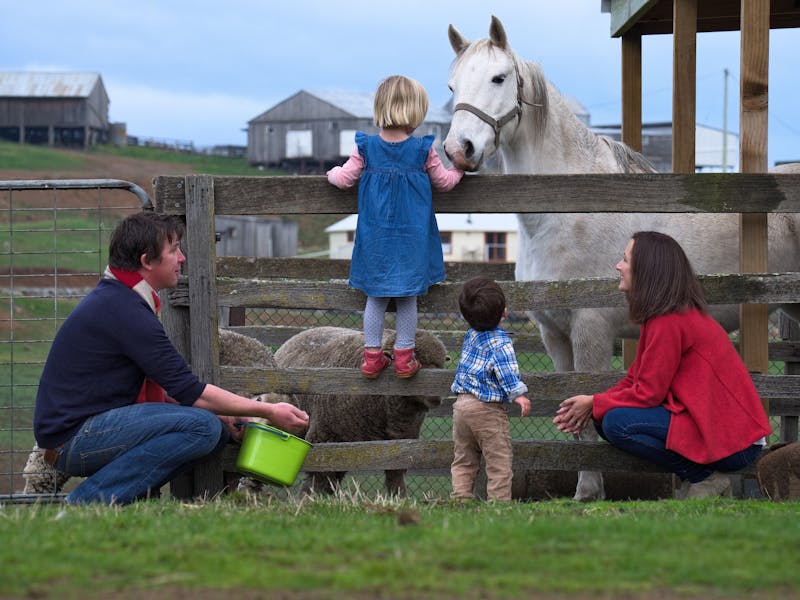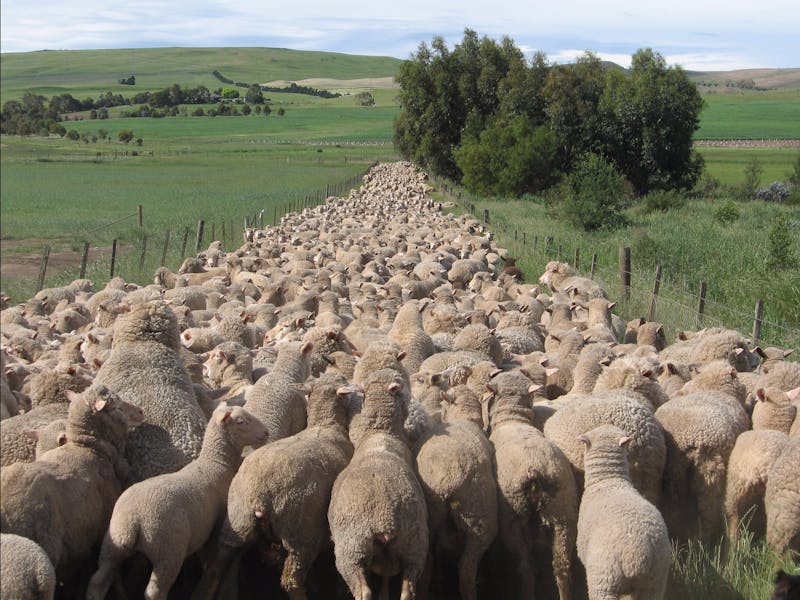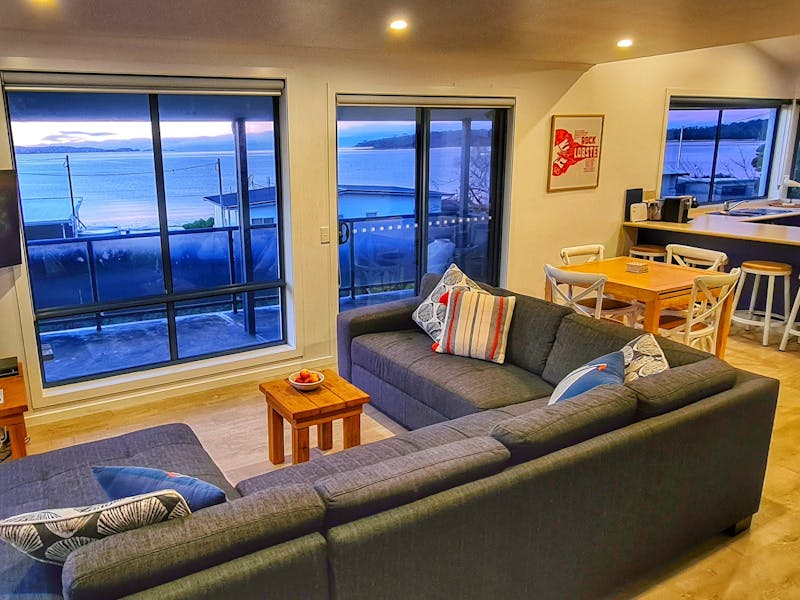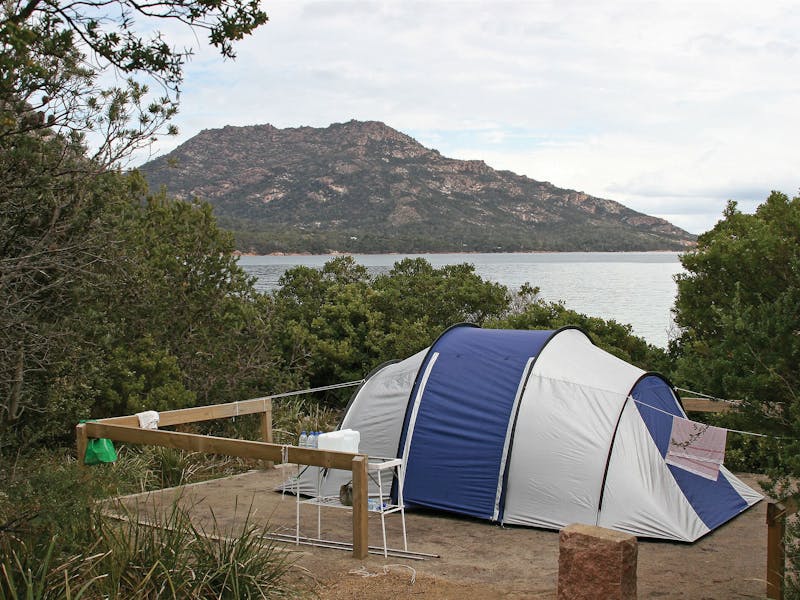
Some of Tasmania’s best holiday real estate is a flat patch of land by the sea, or in the mountains.
All that's needed is space for a tent and your camp life. Tasmania is blessed with so many such great campsites, and if you’ve wondered where the locals go to pitch a tent, read on.
Freycinet National Park
Beachfront camping with a mountain view – it’s the best of both worlds at Freycinet, where the Richardsons Beach, Honeymoon Bay and Ranger Creek campgrounds sit metres from the sands, with the Hazards creating a dramatic backdrop. These are some of the most popular campgrounds in the state, and for spots during summer holidays and Easter a ballot is drawn to allocate sites. The draw takes place in August.
When planning your camping trip to Freycinet, keep in mind that the beachfront sites at beautiful Friendly Beaches are currently closed due to fire damage.
Maria Island National Park
A short walk from the ferry dock on Maria Island is a campground sitting at the edge of a lawn, pinched between the World Heritage-listed Darlington convict settlement and a quiet beach. Wombats wander about, and there’s a very real chance of spotting a Tasmanian devil – the endangered marsupial was introduced to the island national park to help protect the dwindling population. The campground has a covered barbecue area with fireplaces (firewood is provided) and trolleys are available to help transport your gear from the ferry to camp.
Note that all water on Maria Island is non-potable, so bring all that you’ll need. Otherwise, treat the island’s water with purification tablets, or boil it before using. No bookings required.

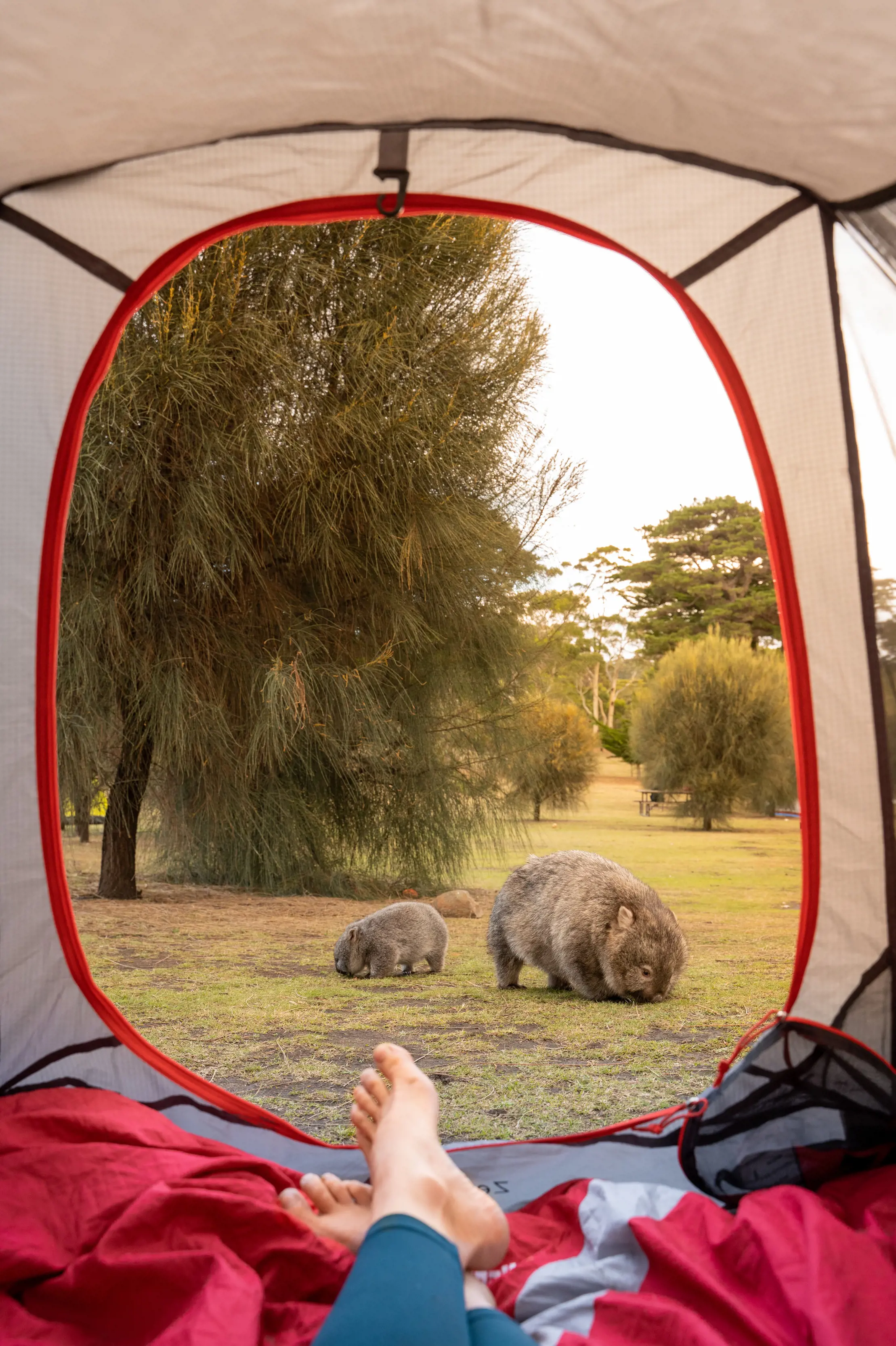
Camping at Darlington
Turrakana / Tasman Peninsula
Fortescue Bay has long been a family-favourite campground. Stretched behind a magnificent white beach in Tasman National Park, it’s shaded by towering forest, has a toilet block and showers, and is a portal to any number of activities – walking trails lead from the campground to Cape Hauy, Canoe Bay and Bivouac Bay, and there’s good swimming, fishing and kayaking in the bay.
Bookings are recommended from October to April, and the campground site office has basic supplies for sale. Campfires are permitted (in designated fireplaces), but bring your own wood.
Across the peninsula, near the Coal Mines Historic Site, Lime Bay campground sits on a soft, sandy shelf above beautiful curling beaches. Bookings aren’t required.
Bruny Island
Castaways, apply here. Beach-lined Bruny has a selection of coastal camps in South Bruny National Park. The Jetty Beach campground has prime position on a curving beach with sheltered swimming and good snorkelling and kayaking. Four-wheel drivers can motor to the end of the Cloudy Bay beach, 3km from the road end, to find the Cloudy Corner campground tucked into bush behind a sheltered nook in the bay. The southern end of the Neck, the island’s isthmus, has another popular beachside campground in easy reach of most of the island. No bookings required.
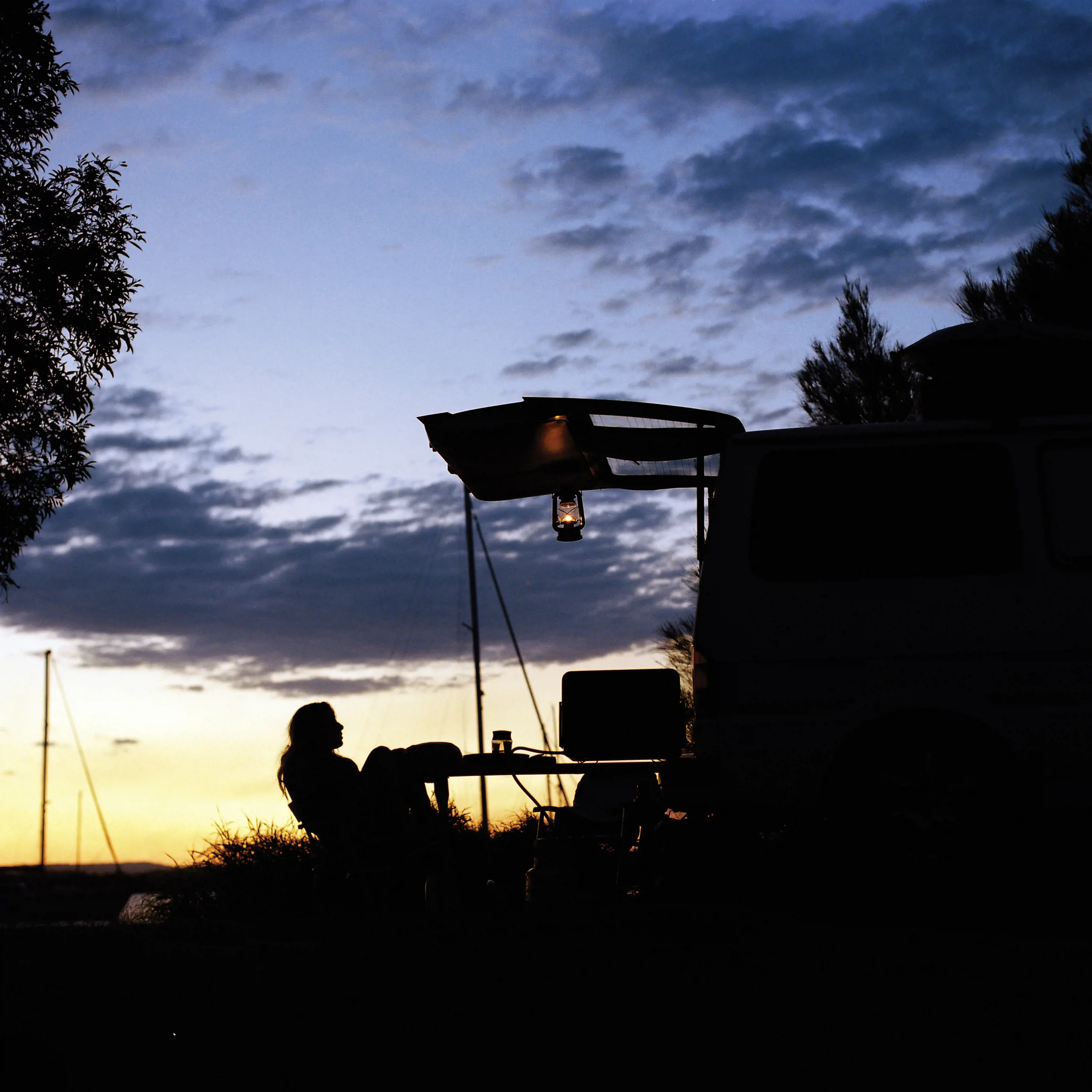
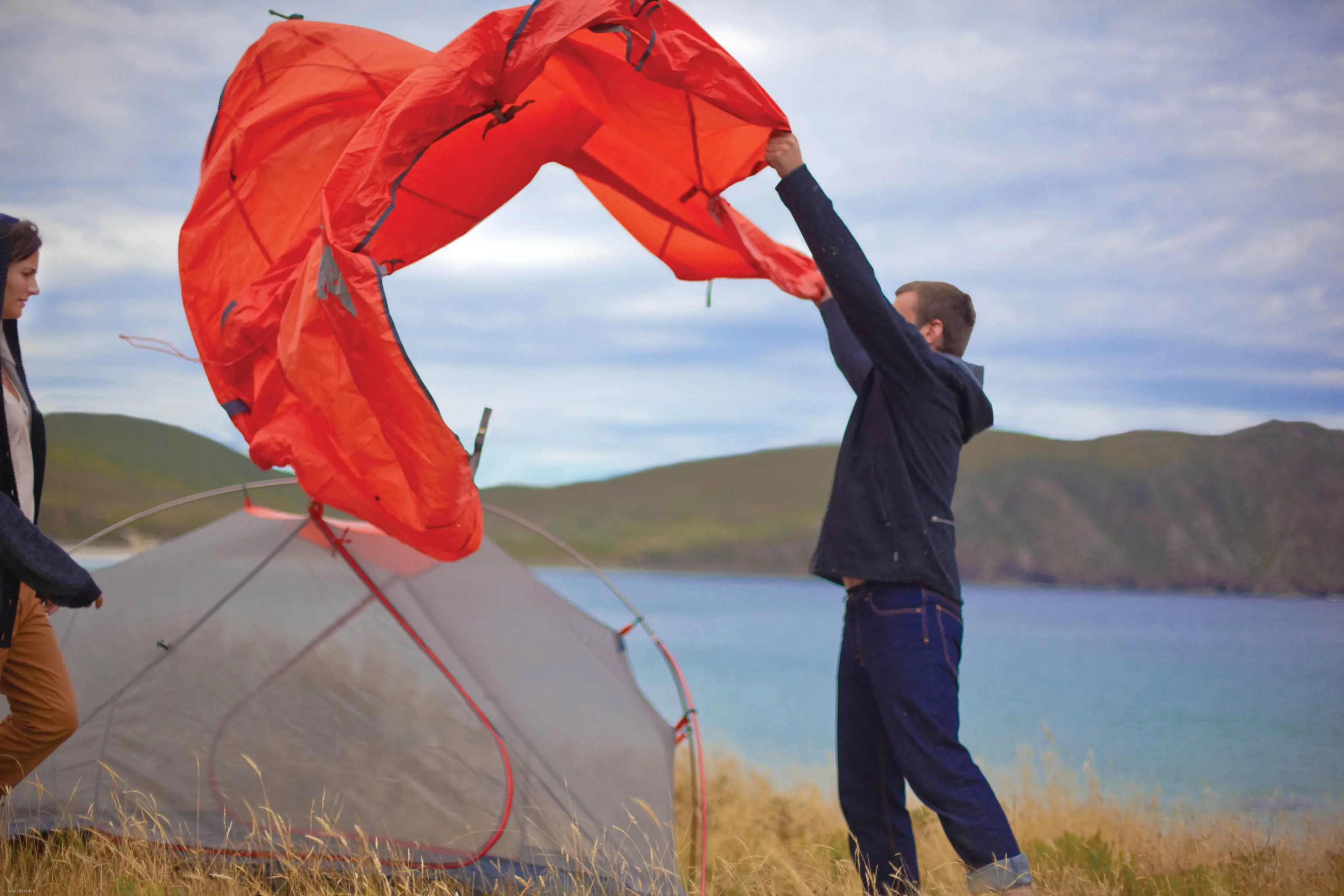
Setting up camp near the Cape Bruny Lighthouse
Mount Field National Park
On the lawns at the foot of Mount Field, just a few minutes’ walk from the park visitor centre, a lovely campground beside the Tyenna River has powered and unpowered sites, as well as a toilet block, hot showers and coin-operated washing machines. Walking tracks are in easy reach, and in the evening there’s the chance to wander into Russell Falls by torchlight to find glow-worms beaming beside the trail. No bookings required.
Narawntapu National Park
This north-coast national park, noted for its beaches and wildlife, has four campgrounds lined up behind Bakers Beach. The Springlawn campground, near the park visitor centre, has powered sites (some wheelchair accessible) and a shower block, and it’s an easy stroll out onto the lawns in the evening, when they fill with kangaroos and wallabies. Further into the park, Bakers Point has unpowered sites tucked behind the dunes. Fires are permitted, but bring your own firewood. No bookings required.
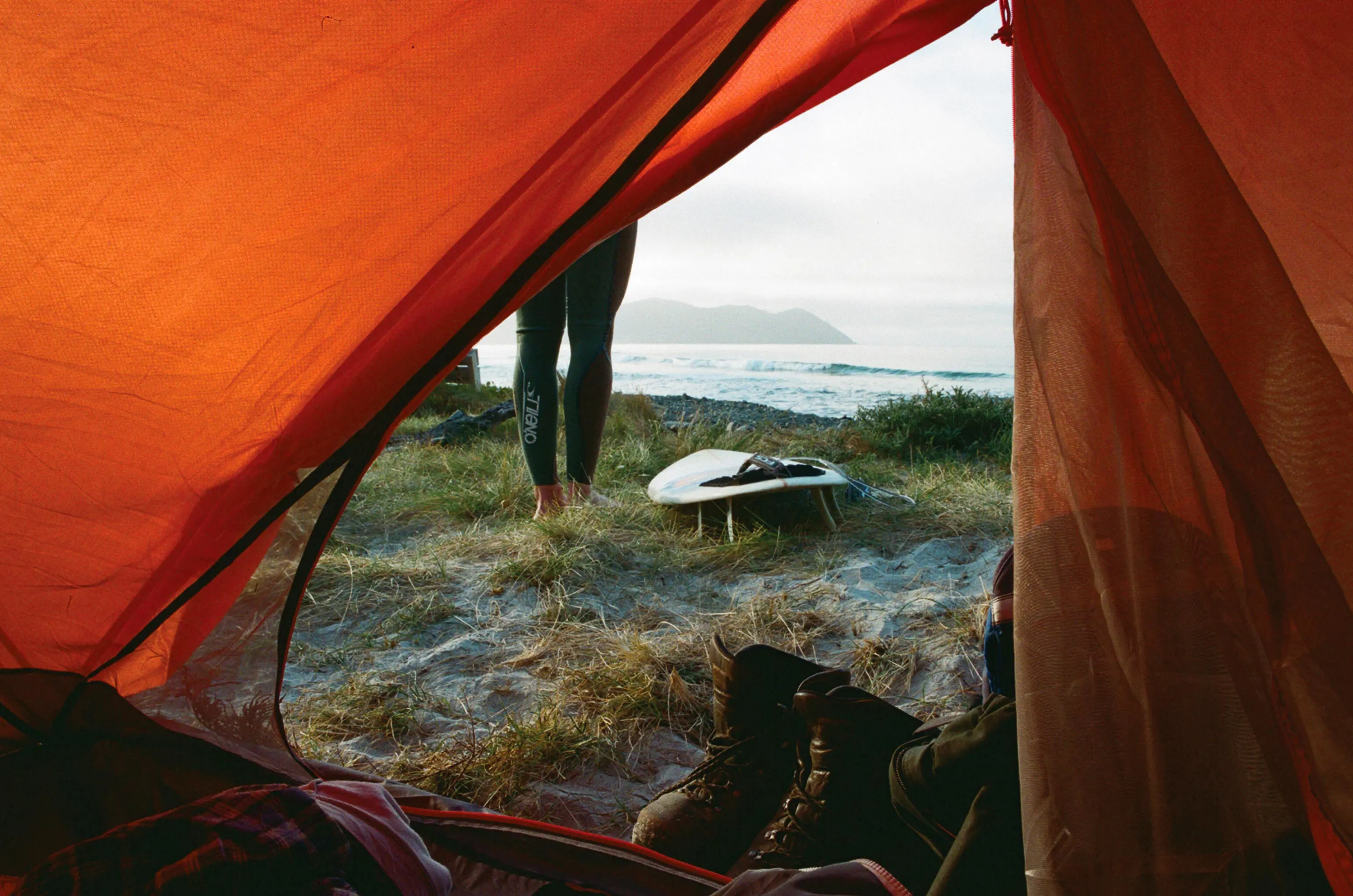

Recherche Bay
Drive south. Right to the end. Where roads can go no further. Recherche Bay sits at the southernmost road end in Australia, at the edge of the Tasmanian Wilderness World Heritage Area, and is split into two areas – Cockle Creek inside Southwest National Park and, across a bridge, a line of four additional campgrounds outside the park. The national park campground has 20 unpowered sites, while there are more than 60 unpowered sites outside the park. Walking tracks to South Cape Bay and Fishers Point leave from around the campgrounds. No bookings required.
